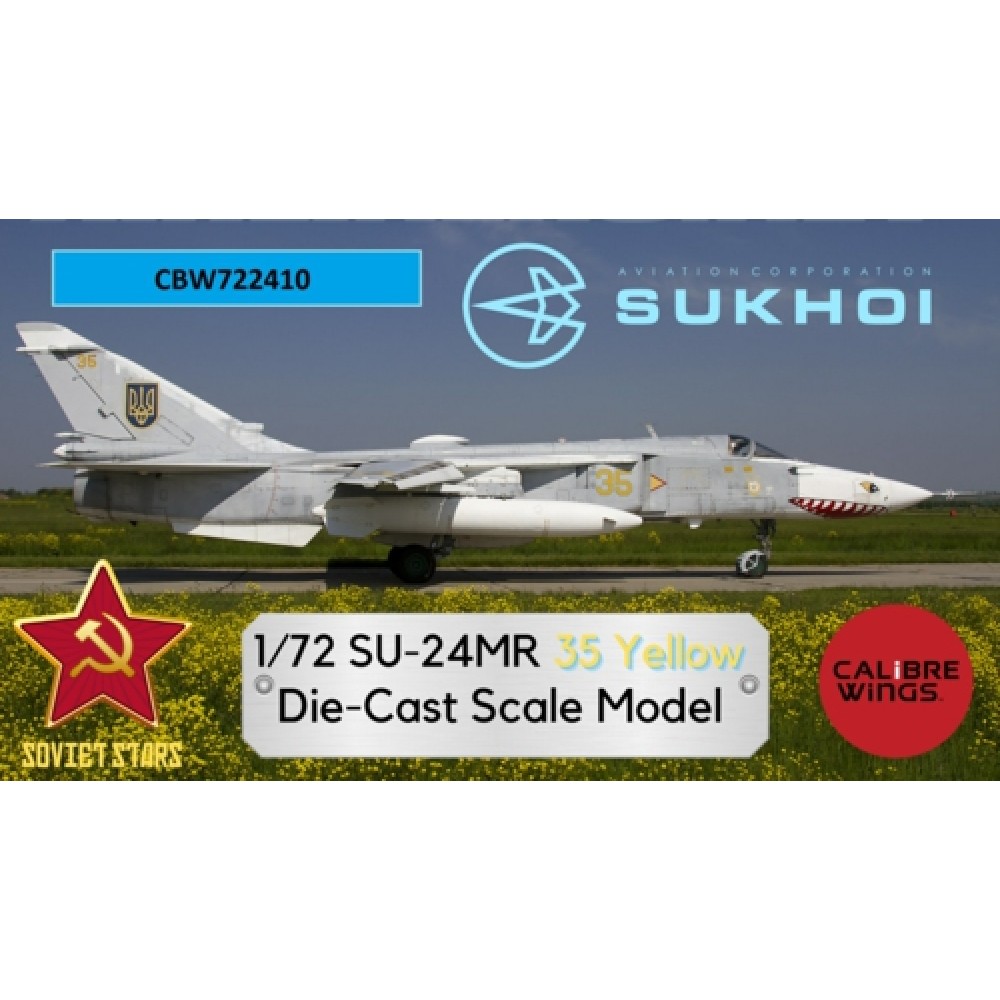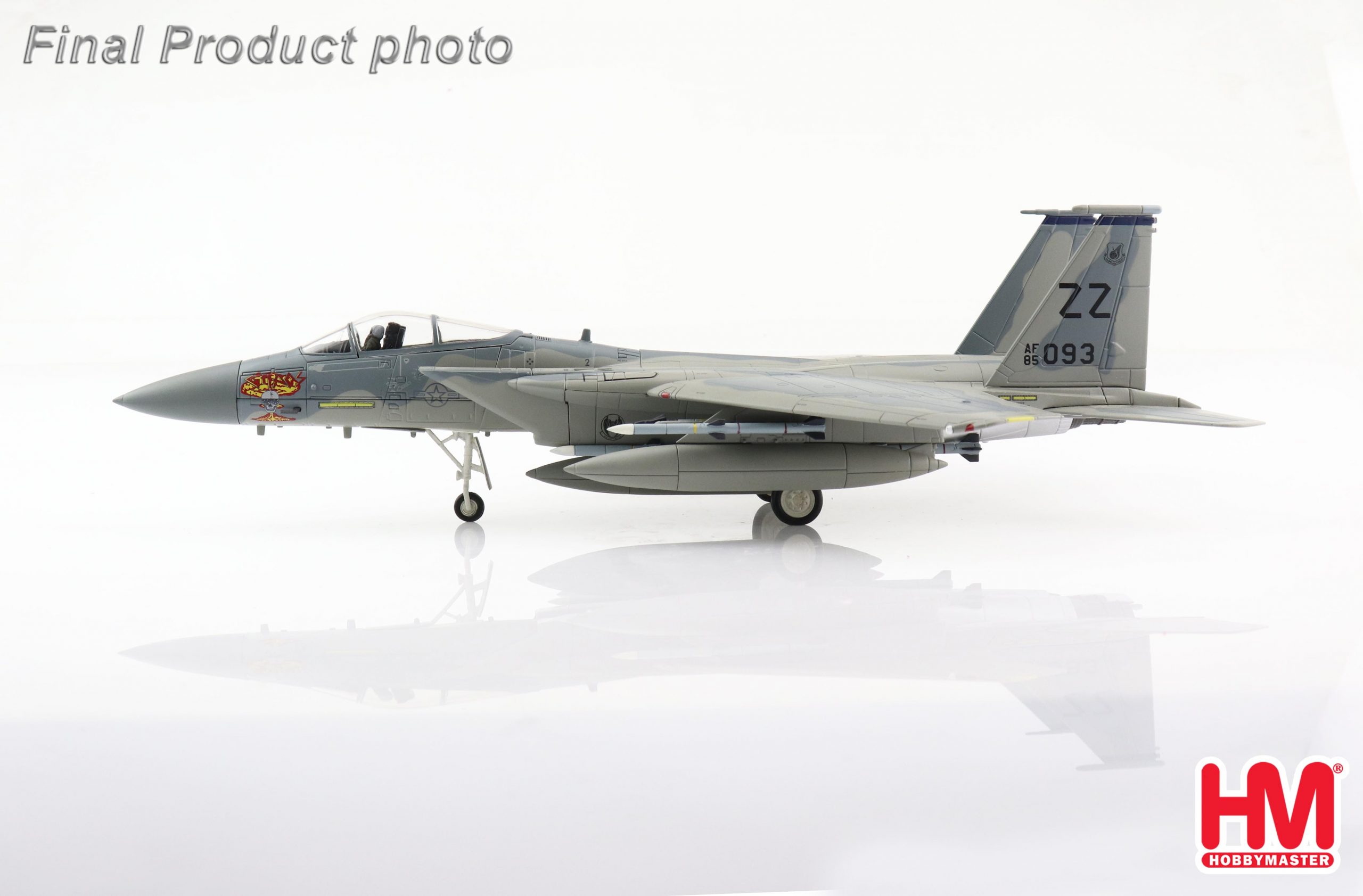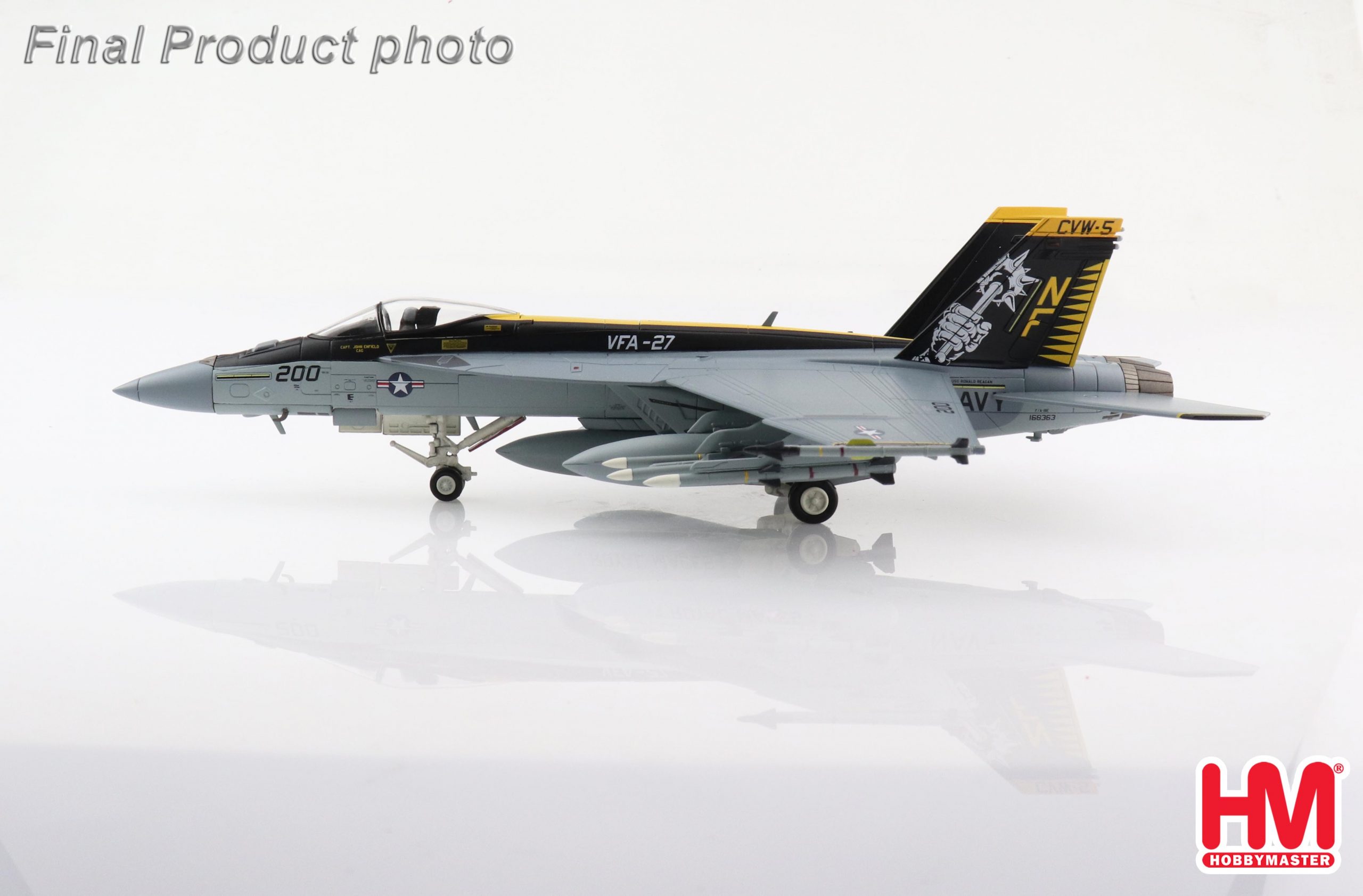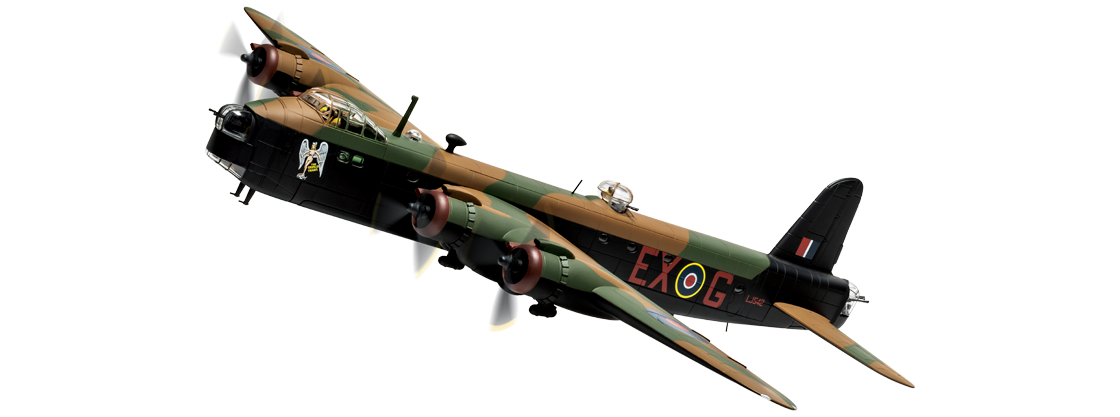
Two A-6Es of VA-65 in 1987
Attack Squadron 65 (VA-65), nicknamed The World Famous Fighting Tigers, was an attack squadron of the United States Navy. The squadron was established as Torpedo Squadron VT-74 in 1945, redesignated as VA-2B in 1946, as VA-25 on 1st September 1948, and finally redesignated VA-65 on 1st July 1959. It was disestablished in 1993. Known as “The World Famous Fighting Tigers”, VA-65 was one of the last medium attack squadrons to fly the A-6 Intruder and the A-1 Skyraider. It was the second squadron to be designated VA-65, the first VA-65 was redesignated from VA-6B on 27th July 1948 and would be redesignated as VA-25 on 1st July 1959.
Insignia and “The Beast” nickname
The squadron’s first insignia was approved by CNO on 9 August 1945. During the time when the squadron’s insignia was approved, VT-74 was flying the SB2C which was nicknamed “The Beast”. Consequently, the squadron’s insignia took on the shape of a beast riding a torpedo. There is no record of the colors used for this insignia.
After VT-74 was redesignated VA-2B, it continued to use the old insignia until 17th April 1947 when CNO approved a new insignia for the squadron. The insignia adopted by VA-2B reflected the squadron’s new attack mission. The horsehead chess piece was designed to relate the squadron’s power to that of a medieval knight and the fleur-de-lis represented integrity. Colors for the insignia were: a yellow background; red scroll with yellow lettering, black banner with a black and white pole; white knight with a yellow collar; a white lightning bolt; and the Fleur-de-lis was red with a black band.
The Knight insignia continued as the official insignia for the squadron following its redesignation to VA-25 on 1st September 1948. A new insignia for VA-25 was approved by CNO on 4th April 1950. The new insignia was a front view of a tiger on the prowl. Colors were: yellow background; brown tiger with green eyes, and white teeth, whiskers and claws; and a red tongue and mouth. When VA-25 was redesignated VA-65 in 1959 the tiger insignia was retained and remained VA-65’s insignia until its disestablishment. Nickname: Tigers 1950–1993.
History

VT-74 Helldiver on the USS Midway in 1946
- 7 November 1945: Squadron embarked on USS Midway for her shakedown cruise. The squadron had originally been established for the purpose of being part of the Midway Air Group.
- July–August 1948: The squadron participated in operation CAMID III, close air support for amphibious landings. During this operation the squadron became the first VA unit in the Atlantic Fleet to fire Tiny Tim rockets.
- 1–20 June 1961: Following a four-hour notice for an emergency deployment, VA-65 deployed to the Caribbean Sea aboard USS Intrepid due to unsettled conditions in the Dominican Republic following the assassination of Rafael Trujillo.
- 3 August–11 October 1962: VA-65 was aboard for the maiden cruise of the USS Enterprise, during her deployment to the Mediterranean Sea.
- 19 October–6 December 1962: VA-65 was back at sea aboard Enterprise one week after returning from a Med cruise and headed for the Caribbean Sea due to the Cuban Missile Crisis. The squadron participated in the naval quarantine of Cuba.
- 31 July–3 October 1964: The squadron participated in Operation Sea Orbit as part of Carrier Air Wing Six aboard Enterprise. This operation was an around-the-world voyage of a task force composed of all nuclear powered ships.

VA-25 AD-6 on the USS Intrepid in 1957
- 15 Jun 1966: VA-65 conducted its first combat sortie during the Vietnam War flying from USS Constellation
- 1 July 1966: VA-65’s aircraft joined other Carrier Air Wing Fifteen aircraft in attacking and sinking three North Vietnamese patrol vessels that were approaching USS Coontz at high speed.
- 25–31 October 1966: Due to the inclement weather, the squadron’s all-weather A-6As flew 37 percent of all Yankee Team sorties against North Vietnam.
- 29 July 1967: VA-65 personnel were among those killed or injured during the USS Forrestal fire
- July–December 1967: Due to the fire on the USS Forrestal and her departure from combat duty on Yankee Station, VA-65 sent a detachment (Det-64) to the Constellation to augment VA-196 for the remainder of the ship’s 1967 combat tour in Vietnam.
- May–June 1969: USS Kitty Hawk, with VA-65 aboard, relieved Enterprise in the Sea of Japan. Enterprise had been ordered to operate in the area as a result of the shoot down of a Navy EC-121 reconnaissance aircraft by the North Koreans. VA-65 conducted operations in the area during this two-month period.
- 9 September–5 October 1970: VA-65 operated from USS Independence on Bravo Station off the coast of Israel as a result of the crisis in Jordan and the hijacking of three commercial airliners.
- 7 October–3 November & 9–21 November 1973: After the outbreak of the Yom Kippur War, VA-65 operated from Independence in an area southwest of Crete and provided tanker support to fighter aircraft escorting Air Force One on Secretary of State Kissinger’s mission to Israel as well as tanker support for A-4 Skyhawks being ferried to Israel from the United States.
- 4–22 August 1974: Independence, with VA-65 embarked, operated between Crete and Cyprus in response to the 1974 Cypriot coup d’état and the death of the American Ambassador to Cyprus at the hands of anti- American demonstrators.
- 12 March 1975: During exercises in the Caribbean Sea, VA-65 conducted cross deck operations with HMS Ark Royal.
- November 1975: During the NATO exercise Ocean Safari in the North Atlantic, the squadron once again conducted cross deck operations with HMS Ark Royal.
- 15 April 1980: VA-65 deployed aboard USS Dwight D. Eisenhower to the Indian Ocean after Iranians took the American Embassy personnel hostage.
- 22 December 1980: VA-65 returned from its deployment that included only one port visit of five days in duration and a total of 246 days at sea.
- 24 June 1982: VA-65 provided support during the evacuation of American and foreign civilians from Beirut, Lebanon.
- 7 March 1985: VA-65 and Dwight D. Eisenhower cut short a port visit to Palma, Spain and departed on a high speed transit to the Eastern Mediterranean due to the increased tension in Lebanon. The squadron operated in the vicinity of Lebanon until early April.
- 1 September 1986: VA-65 was assigned to CVW-13 and USS Coral Sea as part of the Coral Sea Concept whereby two A-6 Intruder squadrons would be part of the air wing and share a common aircraft maintenance department. The concept was intended to reduce the number of personnel needed to support the squadrons.

A-6E Intruder (VA-65 / CVW-7) embarked on USS Dwight D. Eisenhower (CVN 69) – 1980
- 29 September 1987: VA-65 deployed to the Mediterranean Sea aboard Coral Sea as the first Night Vision Goggle (NVG) capable A-6 squadron.
- August–September 1989: Coral Sea, with VA-65 embarked, was ordered to operate off the coast of Lebanon following terrorist claims to have killed an American hostage, Lieutenant Colonel William R. Higgins, and the capture of Sheik Obeid from Lebanon by Israeli forces. The unstable situation in Lebanon ultimately led to the evacuation of the American Embassy. Squadron aircraft flew missions in support of the evacuation.
- January–February 1990: The squadron was embarked on USS Abraham Lincoln for her shakedown cruise.
- January–February 1991: Deployed aboard the USS Theodore Roosevelt, the squadron participated in Operation Desert Storm, the liberation of Kuwait from Iraqi forces. Squadron aircraft struck targets in Iraq, Iraqi forces in Kuwait, and Iraqi naval units. The squadron claimed the destruction (sinking) of 22 Iraqi naval vessels during the conflict.
- April–May 1991: VA-65 participated in Operation Provide Comfort, flying close air support sorties over Northern Iraq in support of the 24th Marine Expeditionary Unit’s mission to aid the Kurdish refugees in Iraq. On the final cruise, a “final checker” was sucked into an engine inlet, and was caught on the carrier close circuit TV. Subsequently, this video was shown on multiple TV video shows. The crew member survived, as his shoulder jammed into the “bullet” of the engine, and due to the quick thinking and training of the aircrew and deck crew, they were able to shut down before he was sucked down through the blades. His cranial and radio equipment were sucked in, and destroyed the engine. Later that night bandaged and bruised he appeared on the closed circuit TV station with the Roosevelt’s CO, and discussed his ordeal.
- 26 March 1993: The squadron held a disestablishment ceremony at NAS Oceana, it was officially disestablished on 31 March 1993.

VA-65 A-6Es in 1972
Century Wings New Model Announcements.
Check out the latest 1/72nd scale models available to pre-order from Flying Tigers. Please click on the image/links below to go straight to the model page to order your now.
Calibre Wings New Model Announcements.
Check out the latest 1/72nd scale model Su-24 Fencer models available to pre-order from Flying Tigers. Please click on the image/links below to go straight to the model page to order your now.
Hobbymaster New Model Announcements.
Check out the latest Hobbymaster models which are now available to pre-order at Flying Tigers today.
Don’t forget NO DEPOSIT necessary with Flying Tigers and if you order with your debit or credit card your payment is not taken until your model is available to dispatch.
Flying Tigers will also consolidate your orders to save on postage costs across all brands !
Please click on the images / links below to go to the model of your choice, or CLICK HERE to see them all.
Hobbymaster Updated Photo Gallery
Check out the all latest photos from Hobbymaster that have now been added to the Flying Tigers website. Please click on the images / links below to go to the model page.
Corgi Aviation Archive 1/48th scale Fokker DR.1 Triplanes now in stock at Flying Tigers.
Check out the Corgi Aviation Archive 1/48th scale Fokker DR.1 Triplanes which are now in stock at Flying Tigers. Please click on the images or links below to go straight to the model page to order yours now.
At 10am on 21st April 1918, six Fokker Dr.1 fighter aircraft of Jasta 11 took off from Cappy aerodrome to embark on an offensive patrol over the Somme Valley region.
Last combat sortie of the Red Baron Flying one of the six Jasta 11 Fokker Dr.1 fighters which climbed away from Cappy Aerodrome in the mid-morning of Sunday 21st April 1918, Werner Steinhauser was beginning to develop into an extremely gifted aviator under the guidance of his inspirational Commanding Officer, Manfred von Richthofen. When he initially joine the unit in early 1918, he only had a solitary observation balloon victory to his name, but now that he found himself in the company of some of the Luftstreitkräfte’s most gifted fighter pilots, he began to show real skill and poise during combat situations and as a consequence, his victory tally was increasing.
Flying alongside von Richthofen in his own distinctively marked personal Fokker Dr.1 fighter on the morning of the 21st April, Steinhauser would be involved in the intense fighting with the Sopwith Camels of RAF No.209 Squadron which ultimately resulted in the death of his mentor. The famed ‘Flying Circus’ never really recovered from the loss of von Richthofen and from this date, an ever increasing number of Allied fighters in the air at any one time would result in the loss of the majority of their most successful pilots. Going on to score a further six aerial victories after this fateful day, Werner Steinhauser would himself be shot down and killed near Neuilly on the 26th June, just three days before he would have celebrated his 22nd birthday.
Weiss would later command Jasta 11 himself, but only for a three week period, before he also fell in combat, the victim of Canadian ace Merrill Taylor.
At 10am on 21st April 1918, six Fokker Dr.1 fighter aircraft of Jasta 11 took off from Cappy aerodrome to embark on an offensive patrol over the Somme Valley region. Led by their inspirational commander, Manfred von Richthofen, this was an elite unit where only the finest fighter pilots were invited to join the squadron – the ‘Best of the Best’. Hans Weiss has joined Jasta 11 with a reputation as being something of a balloon specialist, but by this date, he was credited with an impressive ten combat victories.As the formation approached Le Hamel, they spotted a pair of Allied reconnaissance aircraft over the town and dived in to attack.
As the battle commenced, an unseen flight of Sopwith Camels joined the melee to protect the reconnaissance aircraft and just minutes later, the infamous reign of the Red Baron would be over. The distinctive white coloured Fokker Dr.1 flown by Weiss had been hit by return fire from the British reconnaissance aircraft, severing one of his rudder cables and forcing an immediate return to Cappy. Nursing his damaged aircraft back to his home airfield, Weiss would live to fight another day, however, his Commanding Officer would not be quite so lucky.
Weiss would later command Jasta 11 himself, but only for a three week period, before he also fell in combat, the victim of Canadian ace Merrill Taylor.
Corgi Aviation Archive 1/72nd scale Short Stirling MK.III due soon at Flying Tigers.
Check out the Corgi Aviation Archive 1/72nd scale Corgi Aviation Archive Short Stirling MK.III is due by 6th June at Flying Tigers. Please click on the images or links below to go straight to the model page to order yours now.
That is all from Flying Tigers this week.
Richard.





































